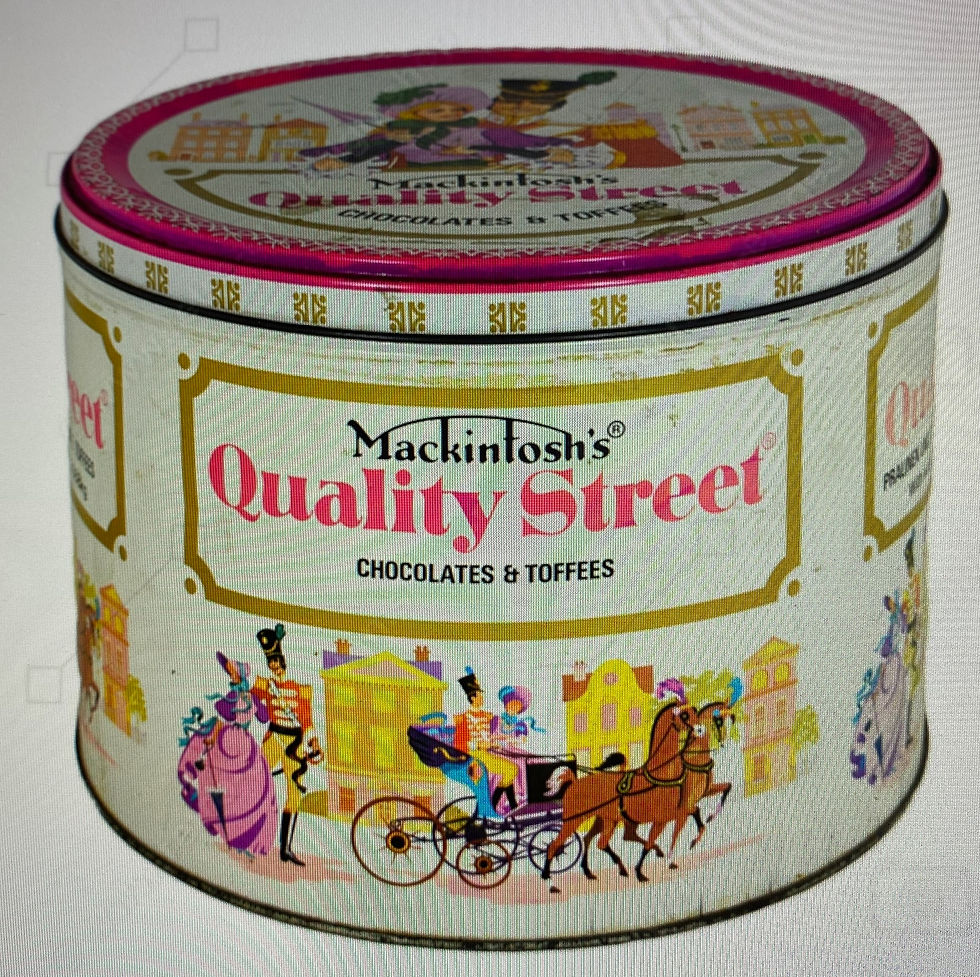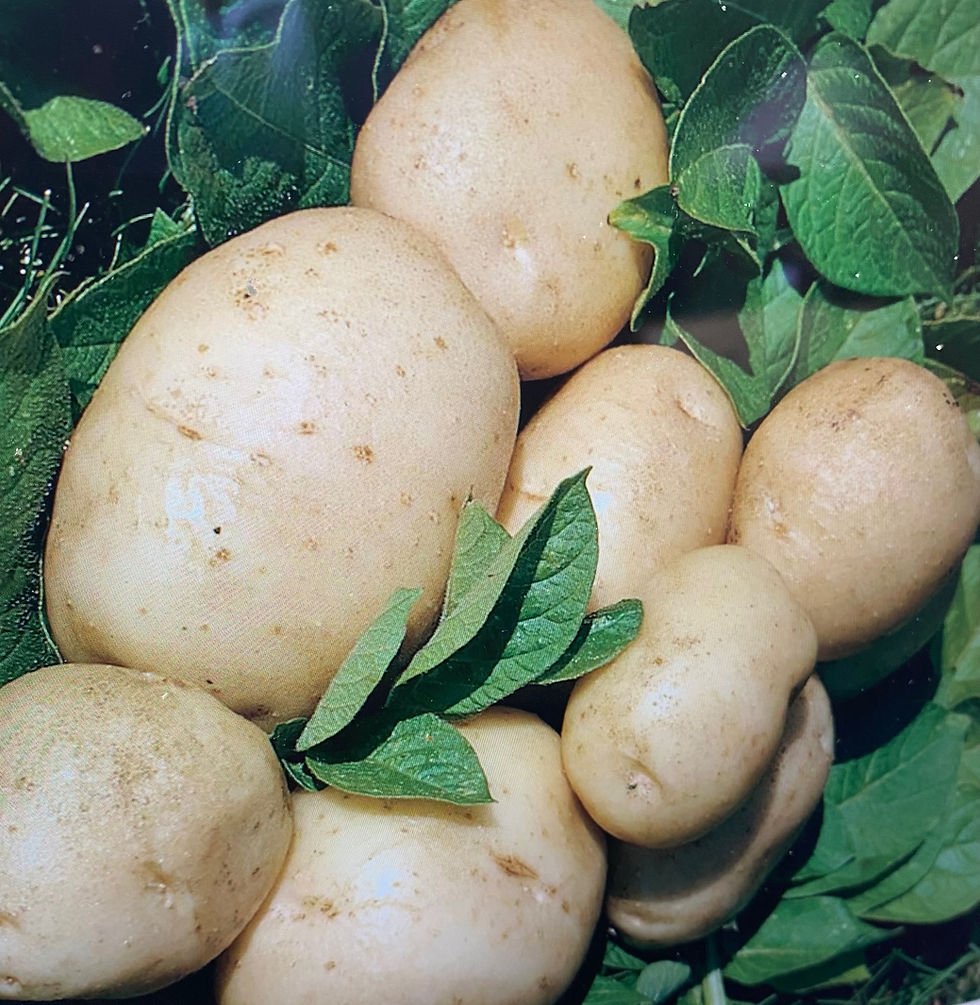My Greatest Masterpiece
- caldun09
- Jul 13, 2021
- 6 min read
Updated: Oct 5, 2023
Our flower garden has been a riot of colour this year since the first crocus bulbs burst into bloom in early spring and displayed all their colour and finery for us. They were quickly joined by Brunnera macrophylla “Jack Frost “with its dramatic silver leaves with green edge and green veins. They had lovely sprays of blue flowers in March to May. The Camelias displayed some beautiful pink and white flowers on their luxuriant rich green foliage but suffered badly from frost and rain. This quickly turned our lovely, coloured flowers to rusty blossoms. These need a sheltered spot away from early morning frost to survive and thrive.
We then had a splendid display of daffodils, tulips, bluebells and narcissi, polyanthus, winter pansies , hyacinths. and some early aubretia helped keep up the colour display until our big summer displays came into bloom and we have our annual extravaganza of colour.
In June and July, I look around and see the daffodils , blue bells and hyacinths and polyanthus have snuggled up and gone back into their earthy cosy safe hibernation for another year.
In their place we have the lovely creeping Jenny and bugle weed adding a lovely yellow and purple ground cover They are in strict competition ,in the colour stakes ,with the bright yellow Welsh Poppy , the Hemerocallis [Daylilies] and Hookers Evening Primrose.
Our two Oriental Poppies added great colour and class this year with their huge red flowers and decorative central core. Even now in decline their seed pods stand apart in shape and colour. Their withering receding foliage drags the plant down a peg or two in the flower accessories stakes.
We have a total of twelve hydrangeas spread around the garden. They are really beautiful flowers . The name comes from two Greek words Hydros meaning water and Angos meaning jar. Originally grown in Japan they are used as symbols of gratitude ,grace and beauty. They were brought to England around 1736.My favourite is Hydrangea Annabelle with its lovely white flowers that look like snowballs.
Our back wall is home to some Clematis Montana, Climbing Hydrangeas, Boston Ivy, Honeysuckle, French Roses [Rosa Gallica] and some lovely Euryops which give a great display of yellow daisy like flowers . The only secret here with these flowers is constant daily dead heading and the regular weekly feed. The reward of such a prolonged flower display is well worth the effort.
In front of these our Italian Bellflowers,or fallen stars [Campanula Isophylla] have suffered badly as a result of recent heavy rains. We await some fine sunny weather so that they can salvage some of their splendour and honour in the garden.
Their neighbour in the garden ,Astrantia Roma ,mid-summer, is of a hardier breed and continues to give us some very nice long-term blooms
In front of these we have some lavender and that great strong blue flowering Nepeta Walkers Low , more popularly known as Catmint. The cats just love to roll around in it. Some gardening folk say that it is an excellent aphrodisiac for the cats. It is also a great favourite of the bees for their nectar supplies as well as providing some lovely mint perfume and great blue ,long lasting flowers. These are all interspersed with some very bright flowering Osteospermum ,Sauce Hollandaise and Moon daisies providing a variety of colour, plant and leaf shape . They all give the garden some lovely scents.
Its neighbour on our flower bank is the lovely Salvia Nemorosa. This is a flower for the brown fingered gardener. It comes and goes every year without any assistance from me and gives an annual display of purple stick like flowers which really enhance our flower bank at the back of the house.
I have some lovely Agapanthus Arctic Ice next door to the Salvia and that is displaying an amazing number of flowers this year. They put on a great show of flowers every year but for some reason they have excelled themselves in this growing season. I have six Agapanthus plants in total with Agapanthus Blue Nile being the other variety. Between them thy have over two hundred flowers about to launch themselves on our garden scene . Agapanthus or African Lily comes from two Greek words agape meaning love and Anthos meaning flower, so our garden is awash with love this year.
As I go along the bank, I see the Calvers Root of the Veronica family. It is tall and elegant and provides a bit of height in the middle of the bank. I progress across to two traditional geranium plants with Geranium Rozanne being our favourite providing a rich array of flowers during July and August.
Lower down on the bank we have some Sidalcea ‘Elsie Heugh ‘ and ‘Little Princess ‘which are a real treat during late summer. They have hollyhock like flowers ,which are very pretty, and have strong independent stems which do not require any support.
The bank finishes off with a nice Azalea, some Veronica[Ionian Skies] backed up by some more Agapanthus. I have always pencilled on July 14th for the first love flower but this year the first bud popped on July 7th on a newly divided plant. This newcomer kid on the block also has most flowers ready to pop.
On the left-hand side of the garden which is shaded we rely on some traditional shrubs starting off with the Hosta, Hydrangea ,Choysia, Bay Trees, Camelia, Hypericum, Flame of the forest . These are all underplanted with hyacinths, daffodils, bluebells , and some wildflowers ready for next Spring’s display.
On the bank in front of our back wall we have Euonymus Emerald Gold, a red flowering camelia, fuchsia, Hosta, euryops and a huge display of dahlias red and white, small and tall which provide us with colour from July to November . These dahlias come and go with very little help from anyone, and their only need is winter mulching and regular dead heading during the growing season. I have added five sedum plants in front of these for added colour and contrast this year.
Rudbeckia fulgida var.sullivantii Goldstrum [Yellow Storm], popularly known in America as black-eyed Susie, in front of them provides us with a splash of colour from Mid-July to November. These are real good tough, grow anywhere flowers and while expensive enough to buy initially they will spread and are easily slipped and propagated. They symbolise Justice.in addition they are known to attract bees and other pollinators to their nectar pollen rich flowers.
Moving right on the wall there are some lovely roses , holly bush and in the corner, we have a big section of the beautiful Verbena Bonariensis. Our oil tank is home to a lovely clematis, but the delicate decorative flowers were battered by excessive heavy wind and rain and were just peppered and ruined.
Finally coming down the right-hand side of the garden we have some more dahlias,fuschia , a sunflower garden, some lavender , ground roses, and the lovely Persicaria ground cover followed by some more roses and my pet flower, The Perennial Sweet Pea. I just love the way it sprays around colour and scent every year.
We also have a lot of antirrhinums , daisies and nasturtiums around as well as some scented carnations and lots of nemesia and bacopas. We picked these this year because they are more bee friendly than the Lobelias .For flowerpot plants this year we went for the Argyranthemum Yellow Marguerite, and they have been magnificent thus far giving us a massive eyewatering display of beautiful yellow flowers.
I must say I love gardening where you can, daily, weather permitting ,stroll about and talk to your plants. On wet days like today you can sit down, look out at them and write a few words about them .The glorious thing about shrubs and flowers is that they never speak back to you, and they readily accept whatever treatment or food you give them. A garden is a thing of beauty and a joy and job forever.
“The glory of gardening: hands in the dirt, head in the sun, heart with nature. To nurture a garden is to feed not just on the body, but the soul. ” Alfred Austin. English Poet Laureate after Tennyson.
“I am only good at two things/ gardening and painting. Claude Monet
Monet also stated that his garden was his greatest masterpiece.
Happy gardening to you all. Let us hope we get some improvement in the weather
Mick O Callaghan Garden musings on his greatest masterpiece scribed on a very wet and dreary Sunday afternoon.



Comments